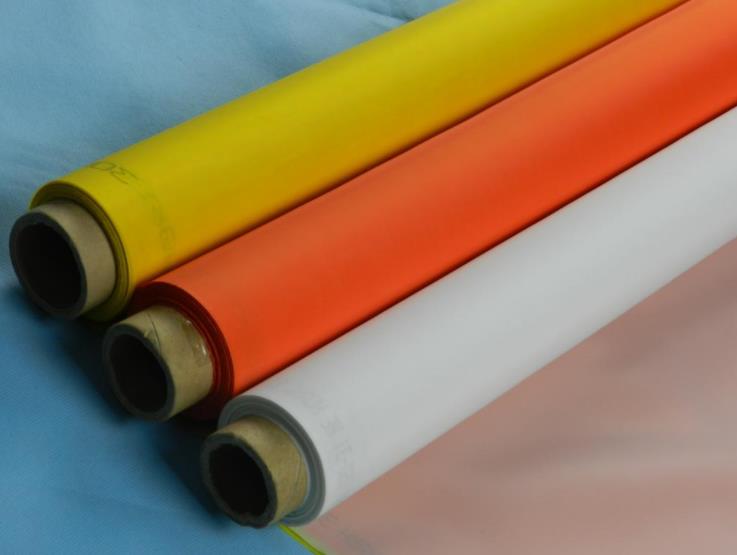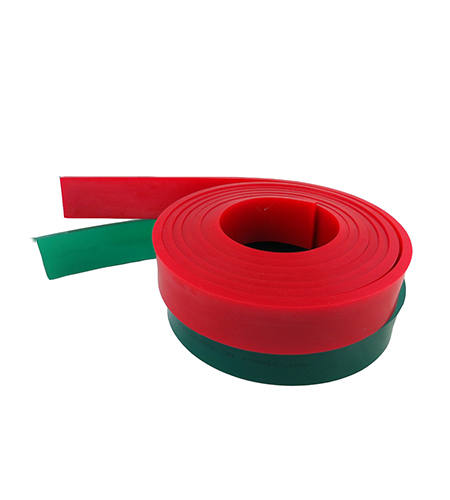Why use yellow silk screen? We know that the dazzling colors in nature are all due to the action of light. Without light, there is no color. The color of light is determined by the frequency of light waves. Red, orange, yellow, green, blue, blue, and purple are the light that people can feel on the optic nerve, called visible light. The surface of an object selectively absorbs and reflects light to obtain different colors. In short, any color we can see is the color of light. That is, when a beam of light hits the surface of a yellow object, only the yellow light is reflected, which stimulates our optic nerves and becomes colored, while other colored lights are absorbed, so we see that the color of the object is yellow.
light, there is no color. The color of light is determined by the frequency of light waves. Red, orange, yellow, green, blue, blue, and purple are the light that people can feel on the optic nerve, called visible light. The surface of an object selectively absorbs and reflects light to obtain different colors. In short, any color we can see is the color of light. That is, when a beam of light hits the surface of a yellow object, only the yellow light is reflected, which stimulates our optic nerves and becomes colored, while other colored lights are absorbed, so we see that the color of the object is yellow.
Because screen printing uses ultraviolet light when exposing the plate, the purple light is reflected by the mixed color of the cyan and magenta hues, which means that the black color lacks the yellow hue. During exposure, the purple and yellow of the screen are superimposed into black, so the surface of the yellow screen (ie the bottom of the emulsion layer) is not sensitive or exposed to light, so there will be no "back sun" phenomenon, and the resulting image has high definition , Will not produce vignetting.
What is backlighting? That is, when light passes through the transparent part of the film to reach the emulsion layer, reflection, refraction, and slow reflection occur on the surface of the white screen located in the middle or bottom of the coating layer, just from the coating surface Exposure of the bottom and inside, this phenomenon is called "back exposure." It will cause vignetting during exposure and affect the reproduction of tones.



